Missouri citizens generate about six million scrap tires a year, or about one per person per year. Just what is a scrap tire? A scrap tire is a tire that can that can no longer be used as it was originally designed to be used, it has sat out in the elements for over a year, has been cut up in some fashion or someone has placed it somewhere just to be rid of it.
An environment free of scrap tires is important to the public health of all Missouri citizens. Why? Scrap tires can become homes for mosquitoes, snakes and other vermin. Mosquitoes breed in the stagnant water that collects inside tires. Because diseases transmitted by mosquitoes can be a serious health threat, removing and properly managing scrap tires is a priority in Missouri.
Do NOT burn them! It is illegal to burn tires in Missouri, except at facilities approved by the department. Uncontrolled tire burning can pollute our air, water and groundwater.
Some options for properly disposing of scrap tires are:
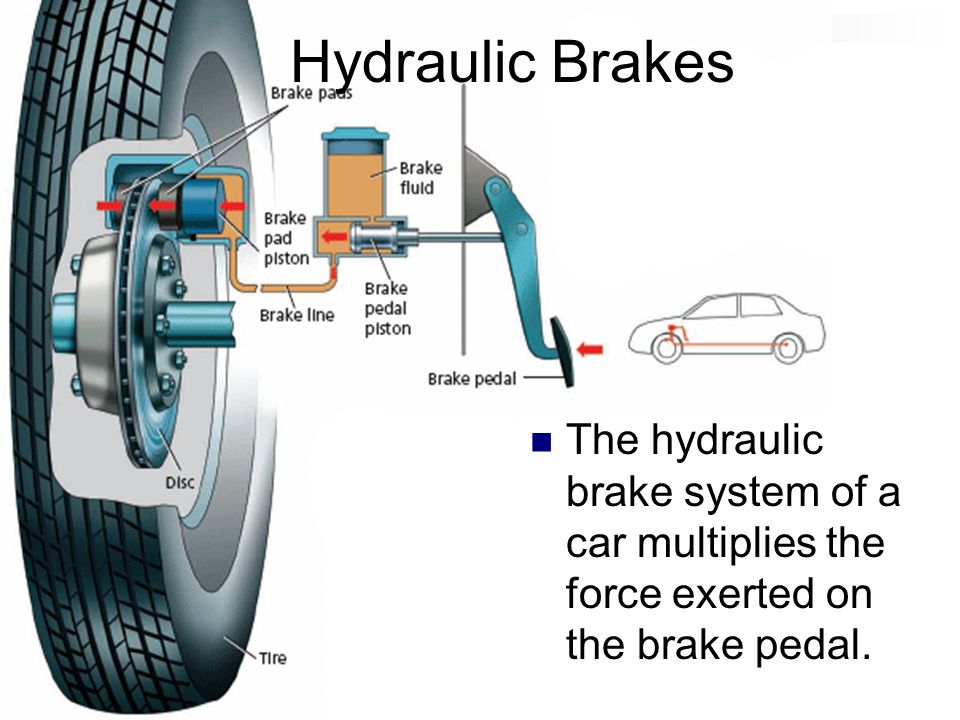 For more information about this reimbursement program, visit Scrap Tire Cleanups by Non-Profit Groups.
For more information about this reimbursement program, visit Scrap Tire Cleanups by Non-Profit Groups.By 1990, illegal scrap tire piles had become so large and widespread in Missouri that the State Legislature passed Senate Bill 530. This legislation acknowledged scrap tires as a significant waste stream in the state and established a scrap tire fee to fund the Missouri Department of Natural Resources' scrap tire oversight and management activities, scrap tire cleanups by non-profit groups, educational programs/ curriculum about solid waste management and scrap tire surface material grants. The 50-cent scrap tire fee is applied to the retail sale of every new tire.
Scrap tire shredding at the Bishop Tire Site, 2006.From 2006 until 2018, the department conducted a scrap tire cleanup program called the Scrap Tire Roundup. The department partnered with the Missouri Department of Corrections to cleanup tire dump sites containing between 500 to 10,000 tires.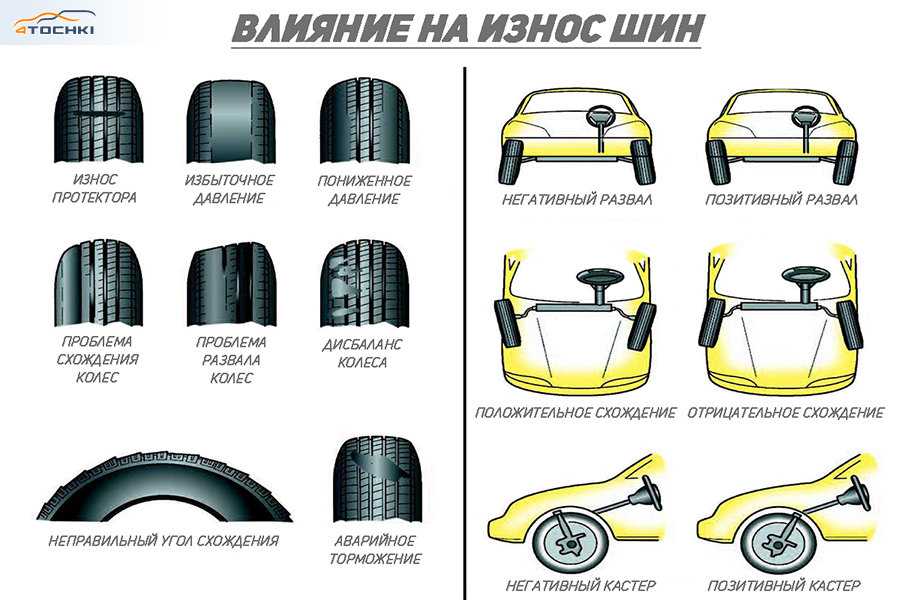 Due to the economic feasibility of conducting these cleanups, the department shifted its focus from conducting tire cleanups to encouraging and supporting the development of alternative, beneficial uses for scrap tires. The department uses the funds generated by the scrap tire fees to create economic incentives for properly managing scrap tires in Missouri. The department also educates individuals and businesses and strives to maintain a level playing field for all industry members through permitting scrap tire processors, inspecting scrap tire businesses and taking enforcement actions as needed. For general information about managing scrap tires, visit Management of Scrap Tires - PUB2056.
Due to the economic feasibility of conducting these cleanups, the department shifted its focus from conducting tire cleanups to encouraging and supporting the development of alternative, beneficial uses for scrap tires. The department uses the funds generated by the scrap tire fees to create economic incentives for properly managing scrap tires in Missouri. The department also educates individuals and businesses and strives to maintain a level playing field for all industry members through permitting scrap tire processors, inspecting scrap tire businesses and taking enforcement actions as needed. For general information about managing scrap tires, visit Management of Scrap Tires - PUB2056.
Since authorization and funding began in 1990 -

For more information about scrap tires, visit Scrap Tire Guidance Documents and Fact Sheets.
Submenu
Accumulations of waste tires harbor disease-transmitting vermin and they present hazards from pollution and fire risk. We work with public entities to clean up unauthorized dumpsites and prevent further waste accumulation with community tire collection events. We then contract the transportation as well as the recycling or disposal of these tires.
We work with public entities to clean up unauthorized dumpsites and prevent further waste accumulation with community tire collection events. We then contract the transportation as well as the recycling or disposal of these tires.
Waste tires are those no longer suitable for their intended purpose due to wear or damage. Accumulations of waste tires harbor mosquitos, snakes, and other vermin, which pose health risks, such as the mosquito-transmitted West Nile Virus.
Waste tire accumulations also present a dangerous fire hazard and the potential to emit polluting tire smoke.
Waste tires have a negative market value and proper recycling or disposal can be expensive. They tend to accumulate, and sometimes they’re dumped illegally. Many tire accumulations exist for a significant length of time. We work with public entities to clean up unauthorized dumpsites and prevent further waste accumulation by funding community tire collection events.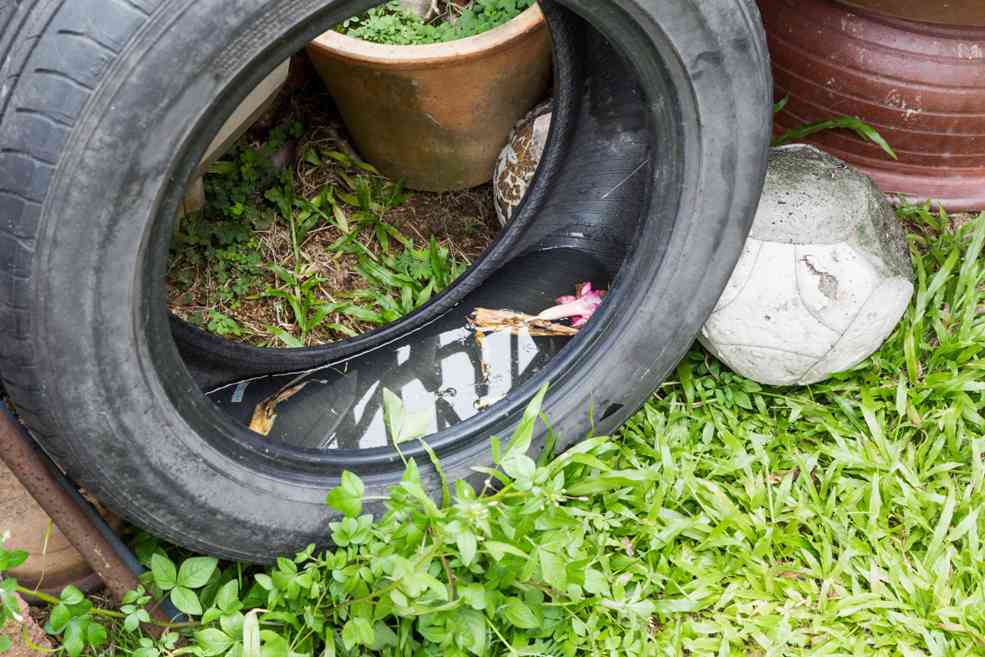
In 2005, the legislature created the waste tire removal account to help clean up illegally discarded tires. This account is funded by a $1 fee charged for each new vehicle tire sold in Washington. We receive an annual budget of $500,000 from this account. With this budget, we provide resources to communities and landowners who discover unauthorized waste tire accumulations. We also oversee businesses that handle waste tires.
The waste tire program:
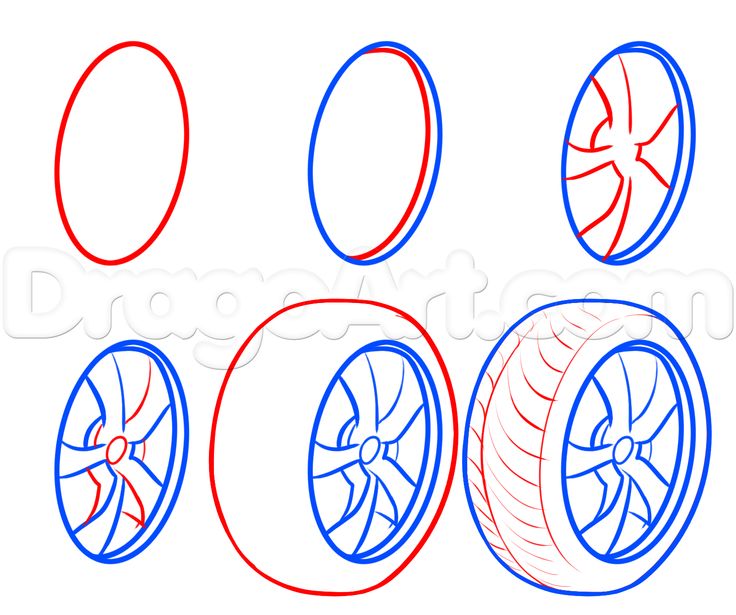
This table summarizes efforts we fund for waste tire removal from 2007 to 2020.
| Year | Tons of Tires | Dollars |
|---|---|---|
| 2007 | 32,671 | $4,300,079 |
| 2008 | 8,112 | $1,882,295 |
| 2009 | 11,217 | $2,648,464 |
| 2010 | 3,157 | $762,018 |
| 2011 | 352 | $112,415 |
| 2012 | 1,900 | $476,661 |
| 2013 | 1,868 | $328,204 |
| 2014 | 2,278 | $487,151 |
| 2015 | 1,645 | $274,236 |
| 2016 | 2,055 | $378,339 |
| 2017 | 1,330 | $303,296 |
| 2018 | 1,133 | $222,508 |
| 2019 | 2,031 | $508,173 |
| 2020 | 2,383 | $680,585 |
| Total | 72,132 | $13,364,424 |
This chart summarizes the waste streams for tires in Washington State from 2005 to 2017.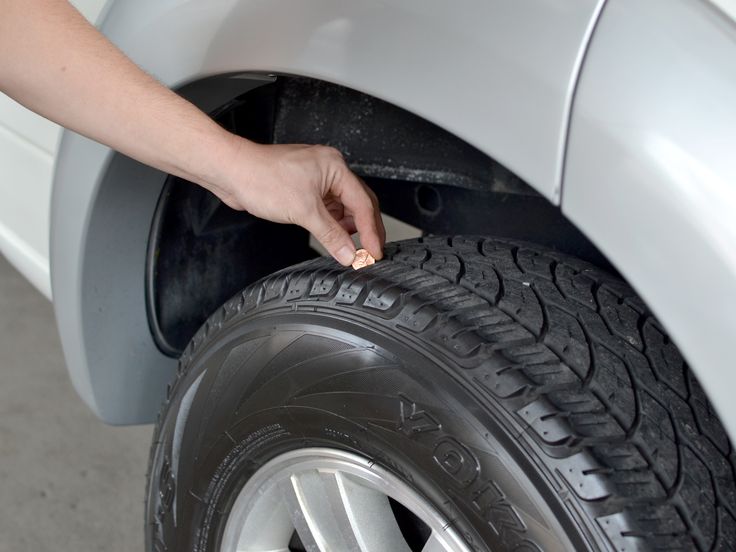
See Excel spreadsheet chart data
*Disposed (Incidental) in mixed MSW is estimated from waste characterization studies
Most tire dealers in Washington are required to collect a $1 fee for each new tire sold. This fee does not apply to:
If a customer returns a tire and is refunded the entire selling price, the $1 fee is refundable, as well (WAC 458.20.272).
Most businesses that haul waste tires are required to obtain a license. We maintain a list of these licensed tire carrier businesses.
Waste tire carrier requirements:
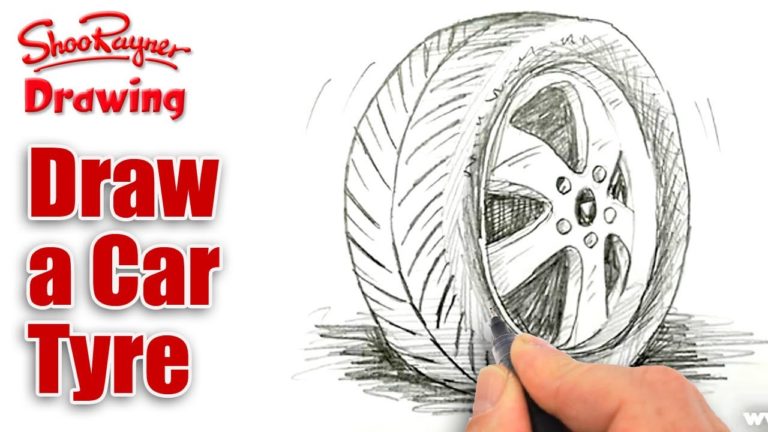
A waste tire carrier license is not required for:
Businesses that store waste tires are required to get local permits and may also need a state license.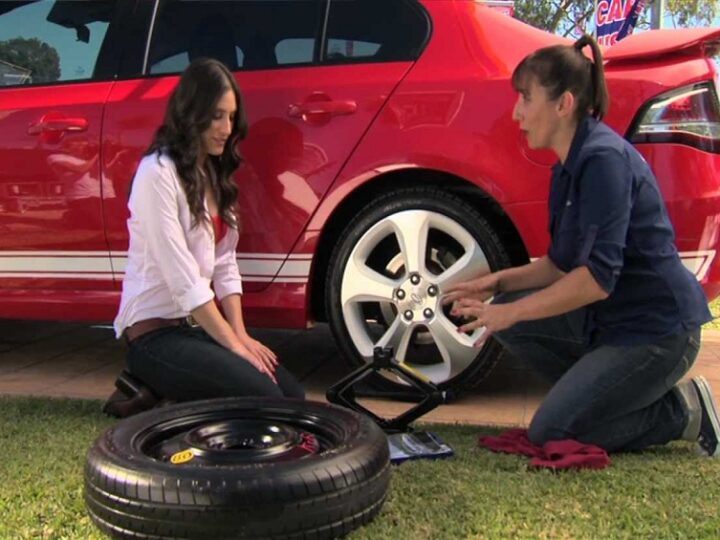
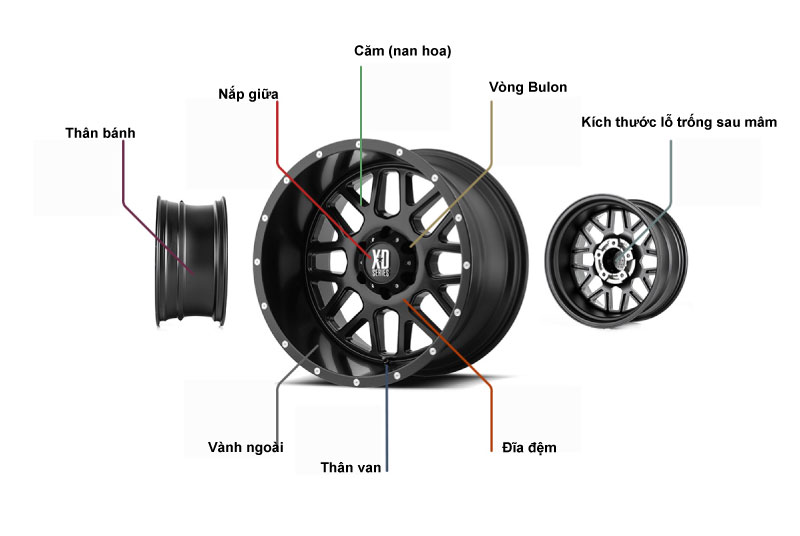 This financial assurance is usually a bond but can be some other form of financial assurance as specified in WAC 173-350-600.
This financial assurance is usually a bond but can be some other form of financial assurance as specified in WAC 173-350-600.Permitting and/or licensing for waste tire storage is not required for:
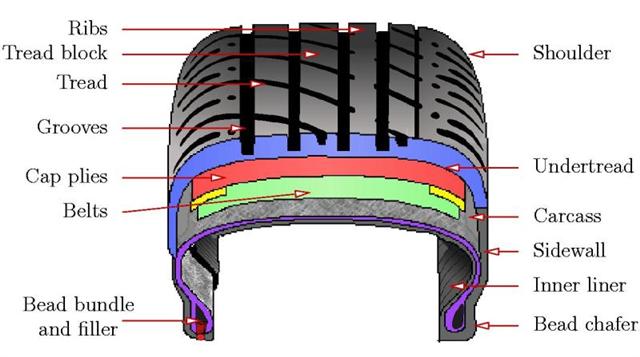
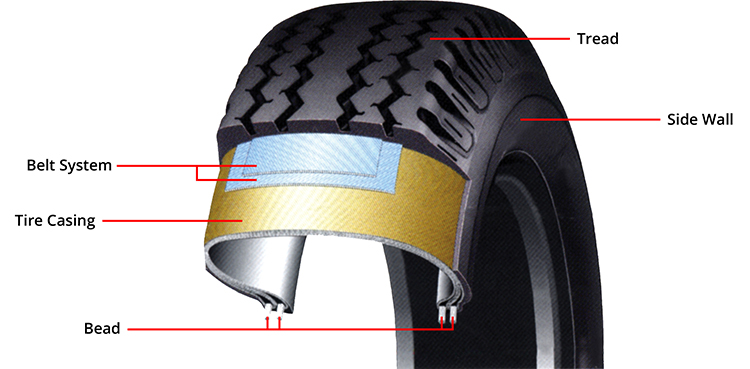 These sections describe the funding for the waste removal account, waste tire storage and carrier requirements and pertinent penalties.
These sections describe the funding for the waste removal account, waste tire storage and carrier requirements and pertinent penalties. The problem of car tires that have served their useful life is acute in all countries. The average period of operation of such products is 6-10 years, after which they must be changed.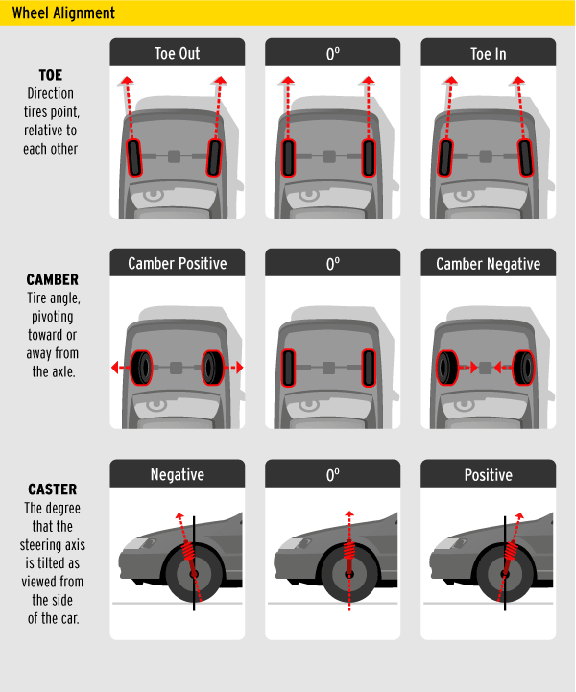 More than 25 million tons of such waste are generated annually in the world.
More than 25 million tons of such waste are generated annually in the world.
Since modern rubber has a complex composition and includes a metal cord, the wheels do not decompose in landfills. When stored or incinerated, they pose a threat to the environment. It is ecologically and economically correct to get rid of them - to recycle. nine0003
When choosing a recycling method, it is important to take into account the productivity of the line and the speed of the process, the energy consumption of the technology and the quality of the resulting product, and the presence of toxic emissions during processing.
Many do not know where to donate tires not for free so that they can earn money. Now almost every city has special points. Reception of worn tires is carried out every day. Where to drive up in the future to hand over waste can be found on the Internet. nine0003
Shredded old rubber tires
The safest way to dispose of tires is to grind them with further use of the resulting crumb, which is also called granulate, semolina. You can hand over unusable tires at special collection points.
You can hand over unusable tires at special collection points.
This technology, in comparison with pyrolysis (obtaining fuel oil from tires), has a number of advantages:
Disadvantages of grinding car tires are the need for special and rather expensive equipment, as well as energy consumption. The most common methods are mechanical and shock-wave grinding of waste. Each of them has its own nuances.
This waste disposal technology involves cooling raw materials to ultra-low temperatures in cryogenic chambers. Before the tires are disposed of, they are removed from the collection points and frozen to -80 degrees, after which the rubber is crushed by a shock wave in an armored chamber. It is produced by explosives or generated electronically. Crushing occurring in a closed system, where the shock wave circulates, involves only 2-3 technological stages. The output is a crushed mixture of rubber, steel and textile cord. Further separation takes place on the separator system. nine0003
It is produced by explosives or generated electronically. Crushing occurring in a closed system, where the shock wave circulates, involves only 2-3 technological stages. The output is a crushed mixture of rubber, steel and textile cord. Further separation takes place on the separator system. nine0003
Rubber crumb separator
Shock wave technology has a number of advantages:
 3-0.5. Explosive circulator has a service life of 10 years before overhaul.
3-0.5. Explosive circulator has a service life of 10 years before overhaul.
But recycling car tires requires expensive equipment, including a special armored chamber for a safe explosion. This method is only suitable for large factories that dispose of a large amount of waste. It allows organizing the processing with a capacity of up to 30 thousand tons of tires from automobile wheels per year. It is also worth considering that this method imposes special requirements on the building.
This is the easiest way to recycle car tires into crumbs. Such a business using this method is popular all over the world. He brings in a lot of money.
Mechanical shredding of old tires
Disposal of waste that you decide to take to a collection point includes the following steps:

When automating the process, this method takes a little time, is cheaper than shock wave technology, if the crushing of waste is carried out at normal temperature. In addition to standard conditions, mechanical grinding can be carried out with preheating or cooling of the raw material, using a press or an ozone knife.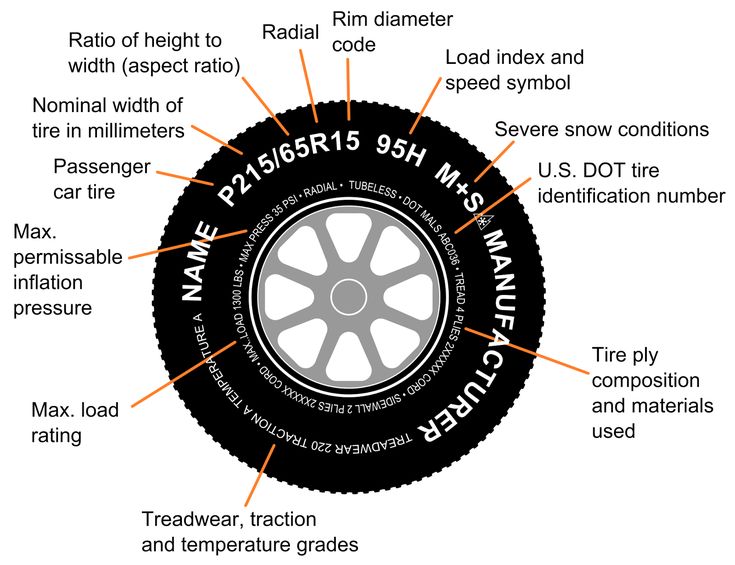 In cryogenic grinding, old tires are pre-cooled with liquid nitrogen, which makes it easier to separate the textile and steel cord. But the crumb turns out to be smooth, it does not bond well with binder polymers during further processing, and equipment for disposal is expensive. The ozone knife involves the use of an allotropic modification of oxygen and the conduct of the process under normal conditions. The technology is characterized by low energy consumption, no outgassing, but equipment will be required to produce ozone. nine0003
In cryogenic grinding, old tires are pre-cooled with liquid nitrogen, which makes it easier to separate the textile and steel cord. But the crumb turns out to be smooth, it does not bond well with binder polymers during further processing, and equipment for disposal is expensive. The ozone knife involves the use of an allotropic modification of oxygen and the conduct of the process under normal conditions. The technology is characterized by low energy consumption, no outgassing, but equipment will be required to produce ozone. nine0003
The most common way of processing tires is mechanical grinding under normal temperature conditions.
Tire Bead Remover
To obtain crumbs from the waste that the owners of the cars decided to hand over, you will need the following equipment:
The use of this equipment makes it possible to organize the processing of old tires even in a small factory, to obtain products of different sizes at the output: from "chips" to fine dust. With this recycling technology, there is no release of toxic compounds into the atmosphere.

Only 3-4 people are required to operate the tire recycling line, but the equipment will need to be connected to an industrial power supply to function. nine0003
The main properties of car rubber are preserved when it is crushed, so materials made from crumbs are highly durable and elastic, resistant to atmospheric factors, acid and alkali solutions. With the correct processing of old tires, the yield of granulate is about 70%. Therefore, handing over worn tires is the best solution.
Rubber crumb is widely used in various fields:
 They are also used to make roofing, mastic for technical floors in factories that process chemically aggressive compounds.
They are also used to make roofing, mastic for technical floors in factories that process chemically aggressive compounds.
Shredded old tires are also suitable for the formation of decorative garden figurines and sculptures, the manufacture of dielectrics, substrates and packaging for the safe transportation of goods. Rigid crumb in the form of granules is more often used to obtain seamless coatings. The shavings from the waste are sent to the production of pavement tiles. Fragments of a torn shape are suitable for the production of insulating materials. When arranging road surfaces, the lower layer is made of a coarse fraction (6-12 mm), and the upper one is made of fine and soft, 0.1-4 mm in size. nine0003
Rigid crumb in the form of granules is more often used to obtain seamless coatings. The shavings from the waste are sent to the production of pavement tiles. Fragments of a torn shape are suitable for the production of insulating materials. When arranging road surfaces, the lower layer is made of a coarse fraction (6-12 mm), and the upper one is made of fine and soft, 0.1-4 mm in size. nine0003
Playground surface made from recycled tires
Steel cord, which is recovered before grinding rubber tires, is sent to be melted down to produce rolled metal or to reinforce concrete structures. Its yield with proper processing is about 10%, another 8% is accounted for by the bead rings, which are sent for remelting. Textile cord can be used as a soundproofing material, filler for mats, sports equipment. Its output (fluff, threads) when recycling tires is within 10%. nine0003
Millions of old tires have accumulated in Russia. In legal and illegal dumps. They lie along roadsides, in wastelands, in yards, in forests and fields, even in the form of a flower bed fence. And we silently look at how a monstrous ecological catastrophe is ripening before our very eyes.
In legal and illegal dumps. They lie along roadsides, in wastelands, in yards, in forests and fields, even in the form of a flower bed fence. And we silently look at how a monstrous ecological catastrophe is ripening before our very eyes.
Mikhail Rostarchuk
Not only that. Every year, on the axles of new cars, from the warehouses of tire factories, about 80 million new tires are thrown into circulation - about a million tons! Which in three or four years they will “mouse” and leave. Anywhere. Despite existing but poorly functioning bans on unauthorized dumping of garbage. Including tires…
Most of the so-called civilized countries have already moved away from such a ruthless "interaction" with the environment. Including worn tires. In any case, in European countries, where since 1999 an EU directive has banned the disposal of whole or cut used tires, and a 2008 directive defines the principles of waste management in the interests of preserving the environment. And what about in Russia? There is a non-working federal law of 1998 "On production and consumption waste". There are amendments to it, which are shelved in the government of the country. Everybody! nine0003
There are amendments to it, which are shelved in the government of the country. Everybody! nine0003
Meanwhile, in the development of amendments to the law, hung in the White House, one of the world's leading tire manufacturers, the Finnish Nokian Tires, a company familiar with the problem from hearsay, also took part. After all, the basis of the European tire recycling model is the principle of “producer responsibility”. And it was the three northern countries - Finland, Sweden and Norway, where they are especially reverent about the fragile and easily vulnerable Nordic environment, that back in 1993 became the culprits of civilized tire recycling in Europe. nine0003
Recycling must be transparent
What is the main point of the Finnish tire recycling model? Firstly, as a non-profit (!) institution, it is absolutely transparent, like water in thousands of Finnish lakes, although a solid financial flow flows in and out through its “vascular system”. Secondly, the state has not invested and is not investing either a euro or a cent in it, and therefore the Finnish way of recycling is not stuck in bureaucratic networks. Thirdly, it is effective - 100% of used tires are collected throughout the country, 120% (an increase due to the extraction of tires from old deposits) is either processed into secondary raw materials or used to generate electricity. nine0003
Secondly, the state has not invested and is not investing either a euro or a cent in it, and therefore the Finnish way of recycling is not stuck in bureaucratic networks. Thirdly, it is effective - 100% of used tires are collected throughout the country, 120% (an increase due to the extraction of tires from old deposits) is either processed into secondary raw materials or used to generate electricity. nine0003
Risto Tuominen, a large, energetic man charged with an active life position in his very troublesome business, is the CEO of the non-profit Finnish Recycling Company (Suomen Rengaskierratys Oy). In addition to him, there is only one employee in the “office”. But it is they who are in charge of all this complex, but working like a clock, recycling mechanism. The founders and owners of the company are global tire brands operating in the country - Bridgestone, Continental, Goodyear, Nokian, Michelin, ARL. The system involves 289tire manufacturers, importers, tire wholesalers, used car recyclers, 2,535 waste tire collection points, 245 containers and two commercial operating companies (selected by tender) that organize tire collection, transportation, storage and disposal.
Tire tax
Who pays? That's right, buyer! On average, the price of a passenger car tire in Finland also includes 1.75 euros for recycling + 24% VAT on this amount. The Finnish car owner pays this fee even when he buys a new car. Tire sellers, as well as their manufacturers/importers, are strictly accountable for this recycling fee from each tire, which goes in full to Risto Tuominen's safe, and he already pays for the work of the operators. By the way, due to the growing revenue from the sale of secondary resources received from the disposal of tires, Tuominen reduces the amount of recycling fees paid by buyers. Characteristically: refusal to submit an application to the register of tire manufacturers / importers is punishable by a fine of 500 to 500,000 euros, "underground" import and sale of tires - from 500 to 10,000 euros. What's in the net residue? Finns don't have a headache about what to do with a worn tire, the state has no problems with the disposal of old rubber, Finnish society has one less problem related to environmental protection.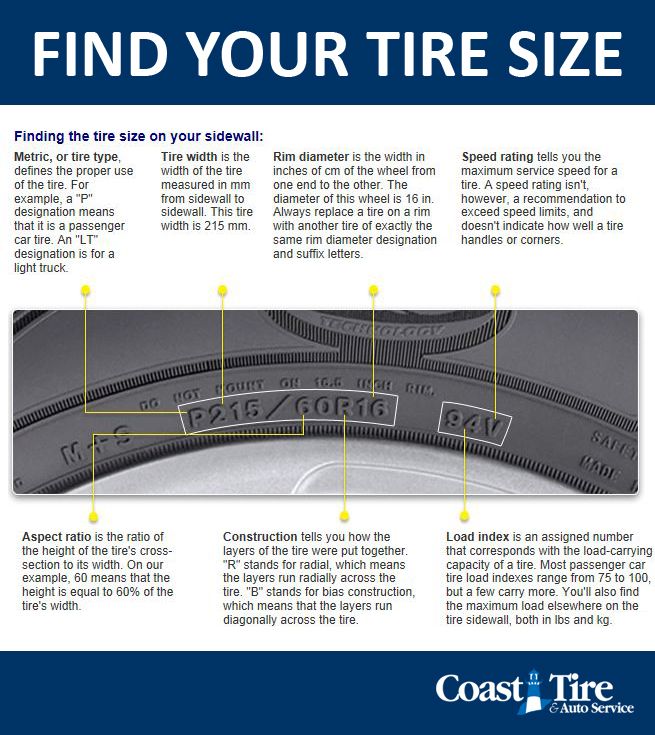 nine0003
nine0003
But killing an old tire is half the battle. The technology has already been developed, mobile mechanized columns have been created, wandering from landfill to landfill, deftly and quickly removing disks, steel cord from tires, shredding rubber into pieces and chips of various sizes, up to rubber crumb (depending on how this raw material will be used further ). It is especially important that the Scandinavians have learned to get considerable commercial benefits from used rubber.
What can be done with old rubber
For example, dry cement producers have mastered the combustion of not gas or fuel oil in furnaces, but chips from used tires - it turned out to be much cheaper, while the rubber burns completely, even without ash. Recycled worn tires are used to make materials for the construction of high-speed roads; noise barriers; preparing the foundation for new landfills when old ones are closed; used in the arrangement of sports fields and playgrounds, arenas for riding. Projects are being developed to use secondary resources obtained from the disposal of tires for water purification (rubber crumb removes a third of the fluorine and half of the nitrogen contained in it), the restoration of old peatlands and wasted swamps; in the fight against vibration of railway tracks....
Projects are being developed to use secondary resources obtained from the disposal of tires for water purification (rubber crumb removes a third of the fluorine and half of the nitrogen contained in it), the restoration of old peatlands and wasted swamps; in the fight against vibration of railway tracks....
In general, in Europe, the evolution of the tire recycling process from 1996 to 2010 led to the fact that the disposal of old tires decreased (in percent) from 49 to 4, the recovery of secondary energy increased from 20 to 40, the recovery of secondary resources from 11 to 38, while the retreading of old heavy-duty tires has dropped from 12 to 9. By the way, Risto Tuominen's company also subsidizes research and development work related to tire recycling and the search for new opportunities for their reuse, including R&D for the project increase the service life of summer tires up to 6.15 years, winter tires - up to 6.37 years, which is beneficial for both the buyer and the recycler.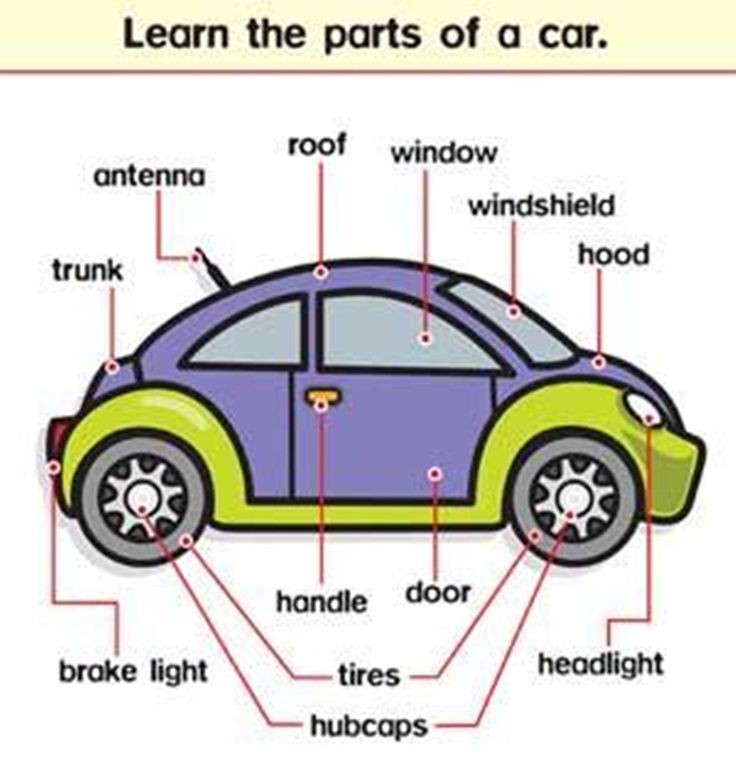 nine0003
nine0003
... But let's get back to Russian realities. The main thing that is alarming is not only that there is again a delay at the government level in the adoption of a new recycling legislation. And not even that the recycling of tires is not solved by a separate law, but together with a long list of other industrial and household waste (the experience of Europe is not a decree for us, we are not interested in the transparency of the process). And the fact that the tire recycling fee intends to accumulate the state itself, which will then issue funds for recycling. And so, we know from experience that the games with this new "tire" tax will be opaque, with various subterfuges and tricks, which our bureaucracy is much more inclined towards. And, of course, there will appear, as we usually do, the notorious corruption component. nine0003
And why not adopt -European experience? As they say, clean? Who would answer...
Subscribe to the Autovzglyad channel: